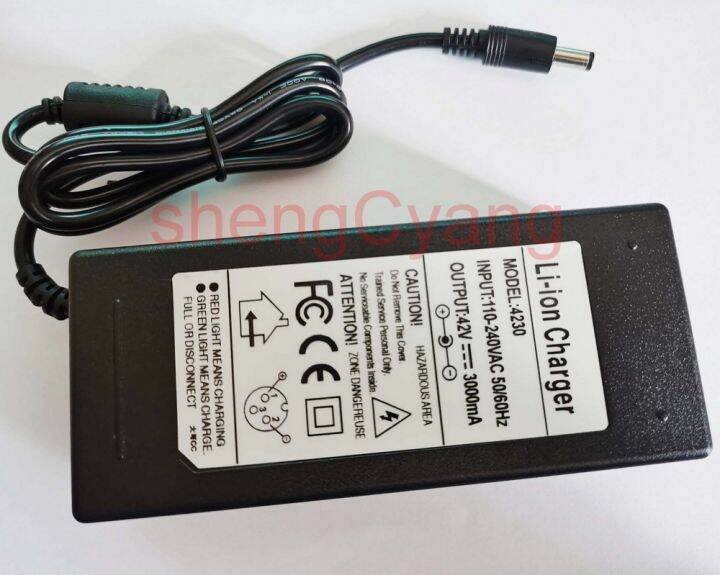Battery Is Not Charging Power Source Power Adapter

A growing wave of frustration is sweeping through the tech community as users report persistent issues with their devices failing to charge. From laptops and smartphones to tablets, the problem stems from a deceptively simple source: the power adapter, or the device incorrectly attributing the issue to the battery when the adapter itself is the culprit. The scale of the problem is significant, impacting productivity, and potentially leading to premature device replacements.
This article delves into the widespread reports of charging failures, focusing on instances where the power source or power adapter is failing, leading to misdiagnosis of the battery as the root cause. We will examine the potential causes, manufacturer responses (or lack thereof), and steps consumers can take to mitigate the issue, ensuring they aren't prematurely writing off perfectly functional devices.
Widespread Reports and User Experiences
Online forums, social media, and tech support communities are flooded with complaints. Users detail situations where their devices display "Battery Not Charging" or similar messages, even when connected to a power source for extended periods.
Many initially assume the battery is at fault, a common occurrence with aging electronics. However, further investigation often reveals the power adapter is not delivering adequate power or is failing to communicate correctly with the device.
“My laptop just stopped charging a few weeks ago. The battery indicator said ‘plugged in, not charging’,” explains a user on Reddit’s r/techsupport forum. “I immediately assumed the battery was dead. I almost bought a new one before I tested the power adapter with a multimeter and realized it wasn’t outputting the correct voltage.”
Potential Causes: A Deeper Dive
The causes of power adapter failures can vary. They range from manufacturing defects to wear and tear.
One common culprit is the internal circuitry within the adapter itself. Components can degrade over time, leading to reduced voltage or amperage output, or a complete failure to deliver power.
"Overheating is a major factor," according to a report from iFixit, a prominent repair website. "Power adapters generate heat during operation, and prolonged exposure to high temperatures can damage internal components, especially capacitors and resistors."
Software and Communication Protocols
The issue isn't always hardware related. Sometimes, software glitches or incompatible communication protocols between the device and the power adapter can cause charging problems.
Modern devices often rely on sophisticated power management systems that communicate with the adapter to optimize charging. Errors in this communication can lead to charging failures.
Specifically, issues with USB-C Power Delivery (PD) protocols have been implicated in some instances. This protocol allows devices to negotiate the appropriate voltage and current with the power adapter, and any disruptions can trigger charging errors.
Cable Degradation and Connection Issues
The charging cable itself can be a source of problems. Repeated bending, twisting, and strain can damage the wires within the cable, leading to intermittent or complete power loss.
Furthermore, issues with the connector ports on both the device and the power adapter can impede proper charging. Dust, debris, or physical damage to the pins within the port can disrupt the electrical connection.
Simple wear and tear of the cable, especially near the connector, can easily lead to breaks in the internal wiring. Regularly inspecting the cable for visible damage can often prevent this issue.
Manufacturer Response and Consumer Rights
Responses from manufacturers have been mixed. Some companies offer detailed troubleshooting guides and diagnostic tools to help users identify the source of the problem.
However, others are less helpful, often directing users to replace the battery without thoroughly investigating the power adapter.
Consumers have the right to expect products to function as advertised and to receive adequate support in the event of a failure. Many countries have consumer protection laws that guarantee a certain level of product quality and warranty coverage.
Mitigation Strategies and Troubleshooting Steps
There are several steps consumers can take to troubleshoot charging problems. These steps can help isolate the source of the issue and potentially avoid unnecessary replacements.
First, try using a different power adapter and cable to see if the problem persists. If the device charges with another adapter, it is likely the original adapter is at fault.
Next, inspect the charging ports on both the device and the adapter for any signs of damage or debris. Cleaning the ports with compressed air or a soft brush can sometimes resolve connection issues.
Software updates can address any bugs or compatibility problems that might be affecting charging. If the issue remains, contacting the device manufacturer's support or a qualified repair technician is advisable. It's also prudent to test the adapter's output voltage with a multimeter.
Additionally, users should consult online forums and support communities. These communities may provide troubleshooting advice specific to their device model.
Looking Ahead: Towards More Reliable Charging Solutions
The persistent charging problems underscore the need for manufacturers to prioritize reliability and transparency. More robust power adapters, improved software, and clear diagnostic tools are essential.
Standardized charging protocols, like USB-C Power Delivery, hold promise for improving compatibility and reducing the risk of charging errors. However, manufacturers need to ensure their implementations are reliable and free of bugs.
Moving forward, greater emphasis on consumer education can help users identify charging problems early on and take appropriate action. By empowering consumers with the knowledge and tools they need, we can reduce the frustration and unnecessary costs associated with charging failures. In conclusion, it's important to look beyond the immediate symptoms and consider all potential causes when troubleshooting a "Battery Not Charging" issue. Often, the solution lies not in replacing the battery, but in addressing the underlying problems with the power supply itself.




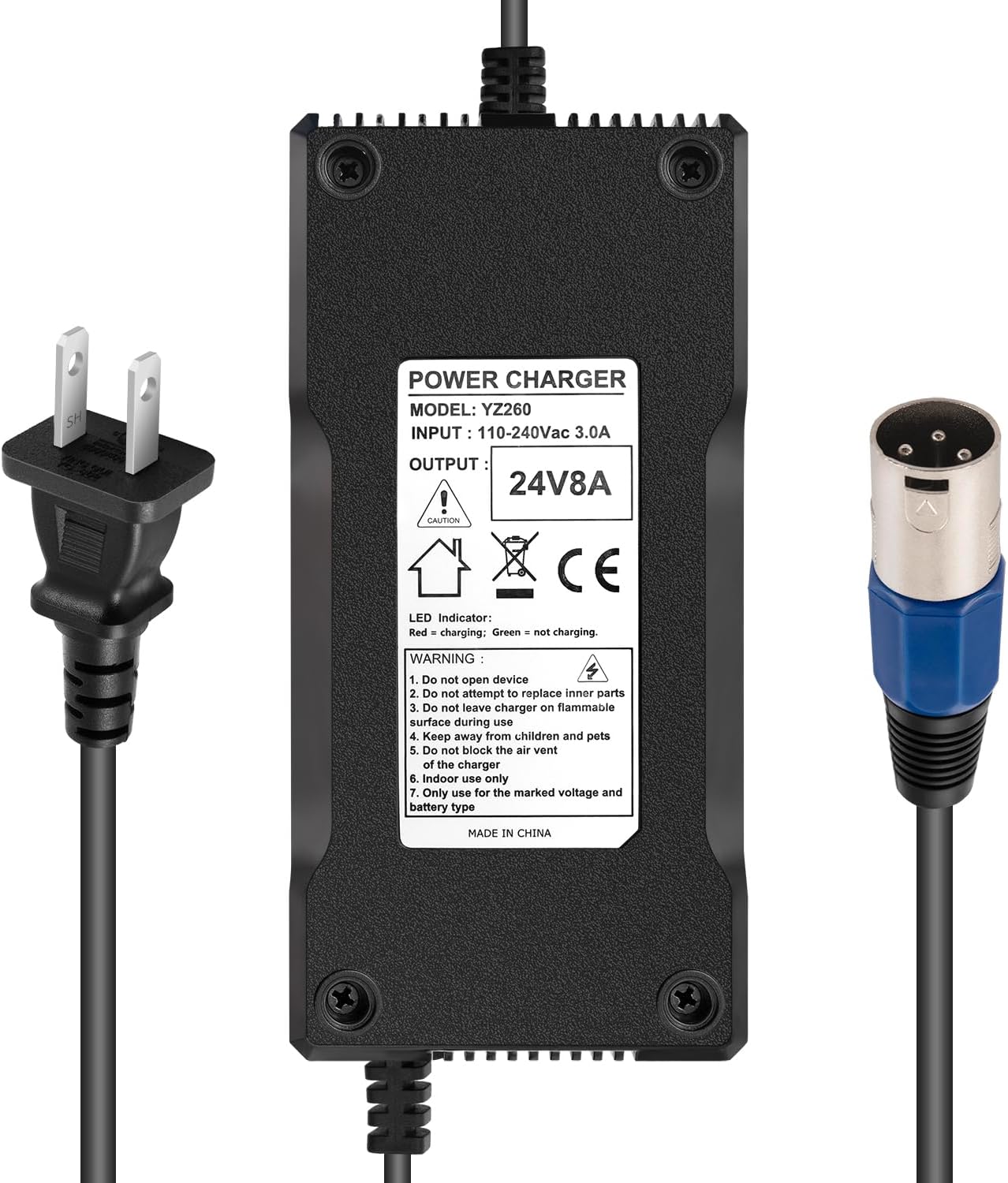


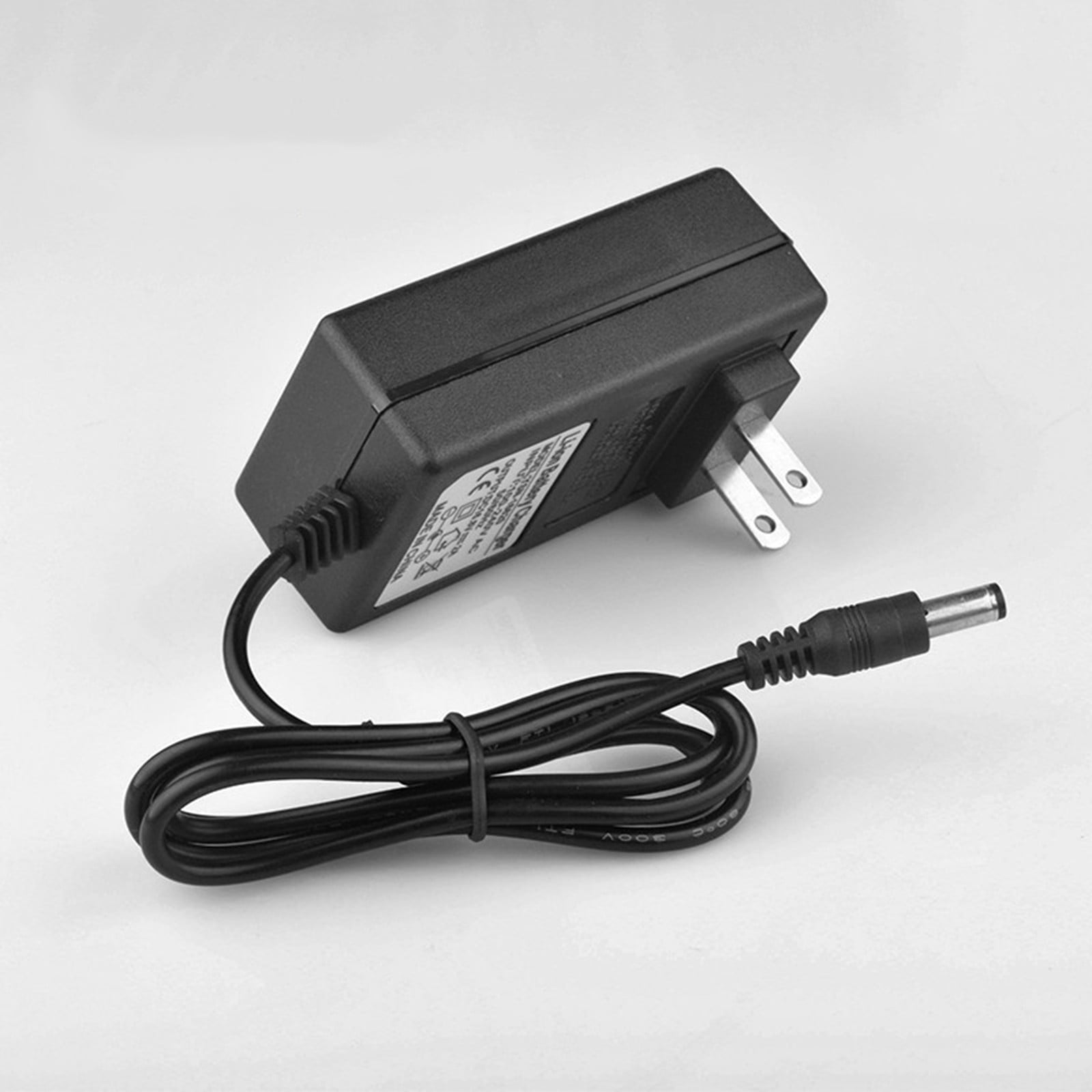
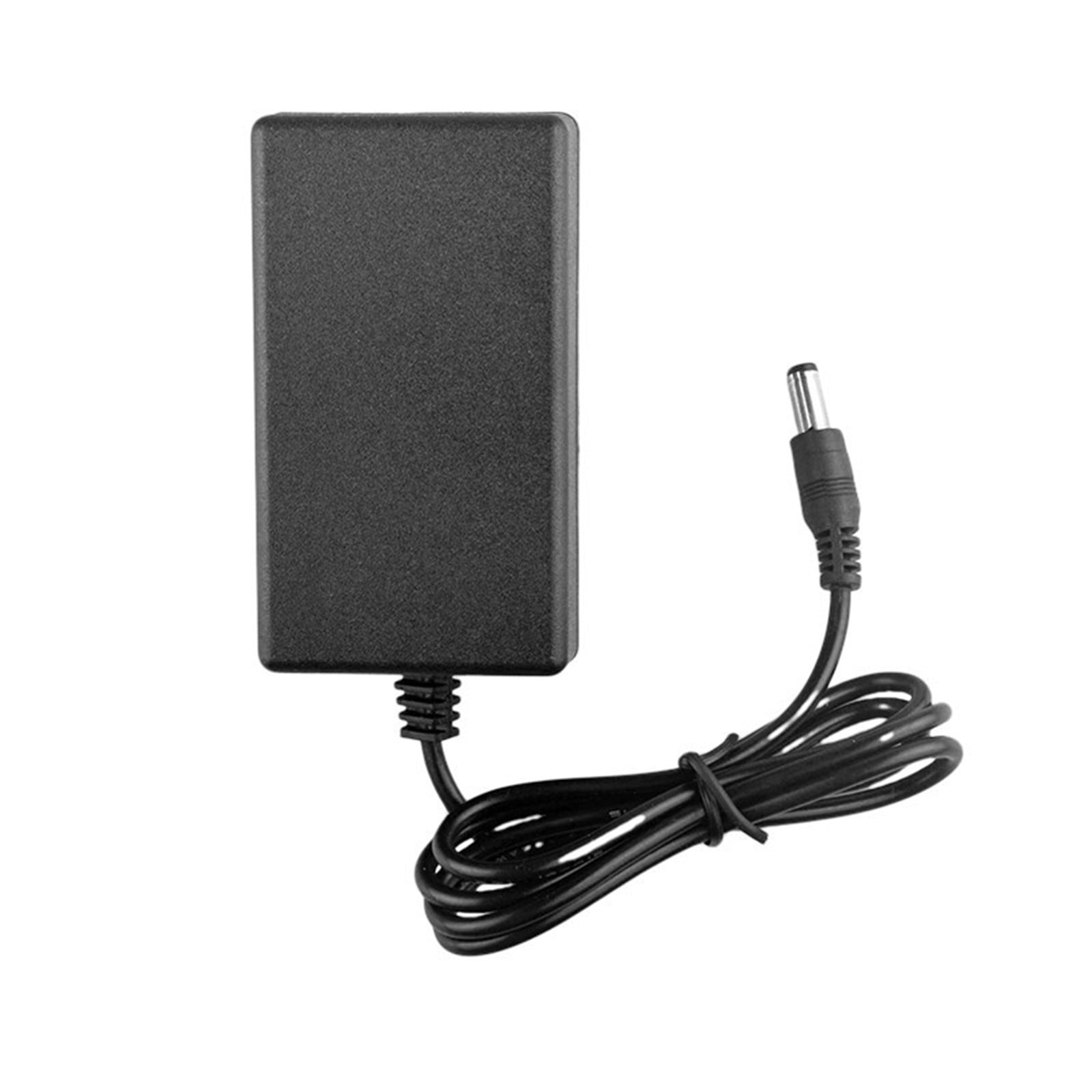
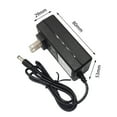
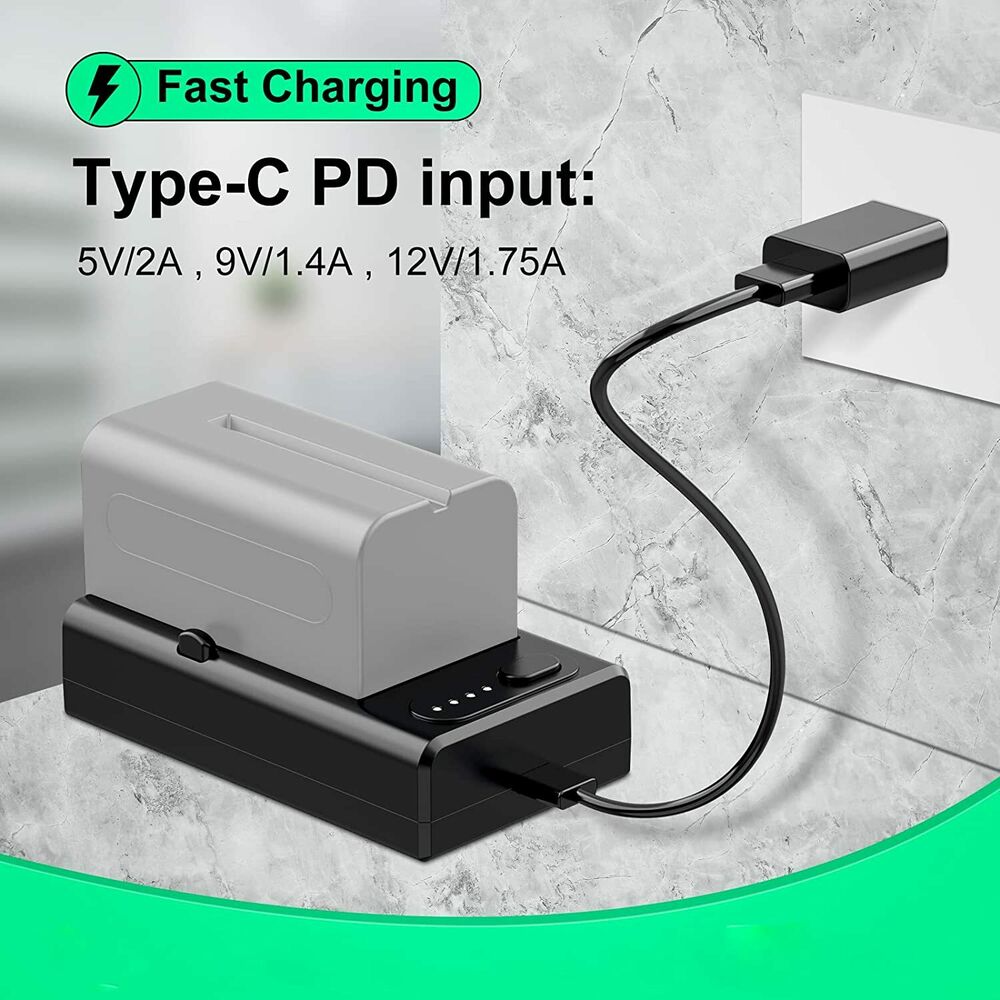
![Battery Is Not Charging Power Source Power Adapter UpBright [UL Listed] 35V 2.12A 3-Pin AC/DC Adapter Compatible with Rol](https://m.media-amazon.com/images/I/918aUdLwmiL._AC_SL1500_.jpg)
